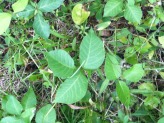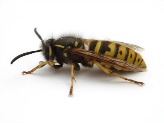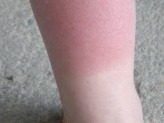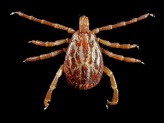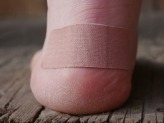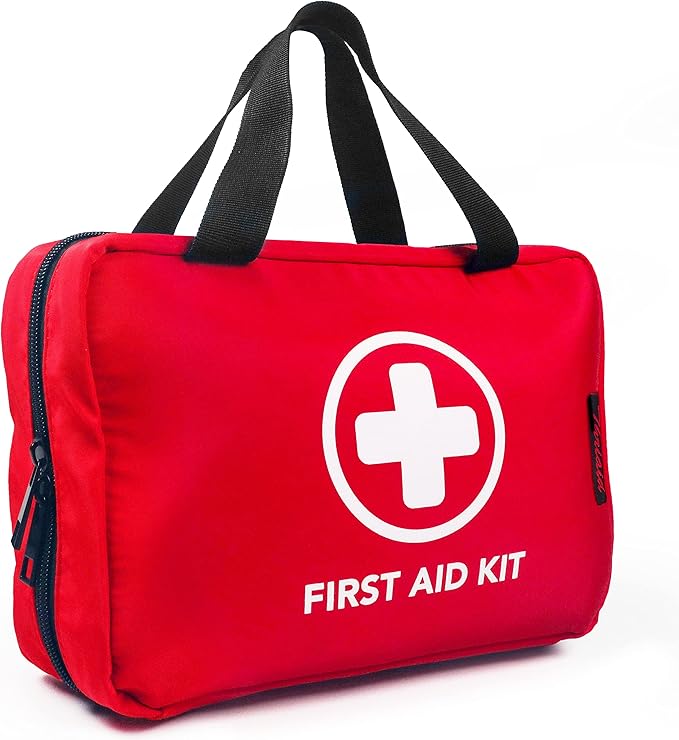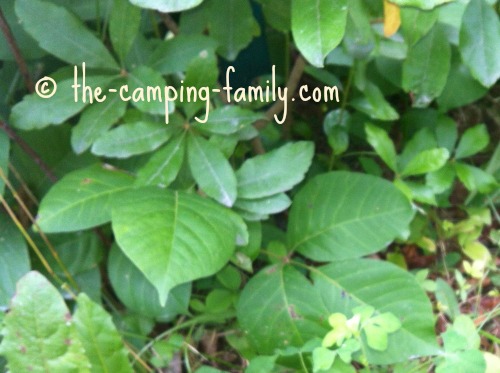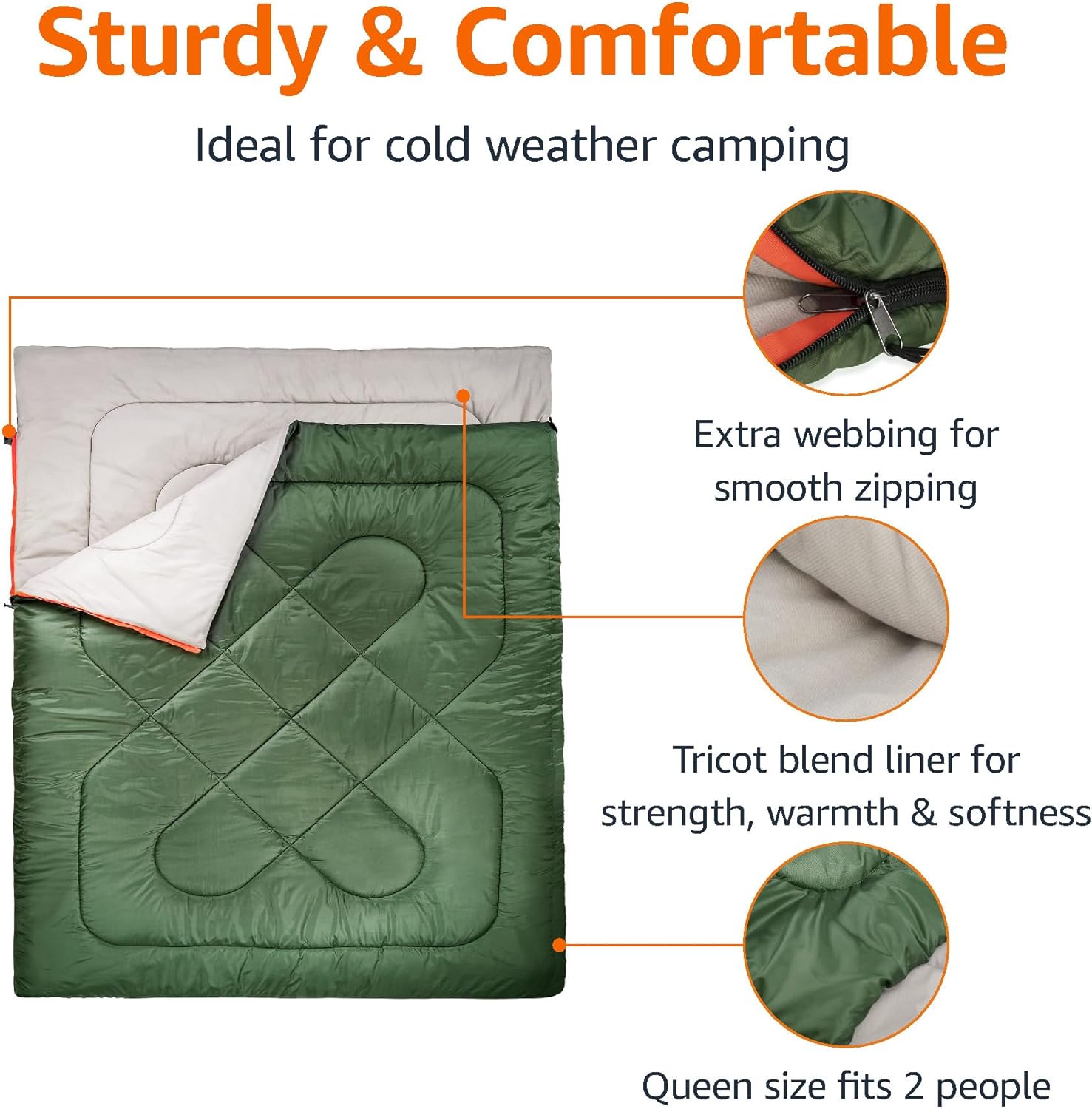Basic First Aid Instructions
For Camping
It's a good idea to know basic first aid instructions anytime - but especially when you set off on a camping trip. Being in the outdoors can bring its share of hazards!
With the right knowledge, you can treat many ailments yourself.
More importantly, most of these can be avoided altogether by taking some simple precautions.
Basic First Aid Instructions
Life-threatening emergencies
Dealing with severe emergencies is beyond the scope of this page. If you are going camping off the beaten track, it's a good idea to take a first aid training course that includes CPR (Cardio-Pulmonary Resuscitation) training and basic first aid instructions.
You will probably never need the
CPR training - but wouldn't it be a comfort knowing that in case of a real
emergency you could sustain life until help arrived?
Memorize these symptoms!
Even without taking a first aid course, you can learn how to recognize potentially deadly conditions so that you can seek medical help immediately.
If someone in your group experiences a heart attack or stroke, getting help quickly can mean the difference between life and death.
Heart attack symptoms
Please be aware that not all of these symptoms will necessarily be present. If you suspect a heart attack - even if you are not sure - call 911 or go to the emergency room immediately.
- pain in the center of the chest
- pain in the shoulder, arm or back
- pain in the upper abdomen
- shortness of breath
- fainting
- nausea, sweating, vomiting
- a feeling of uneasiness, dread or "impending doom"
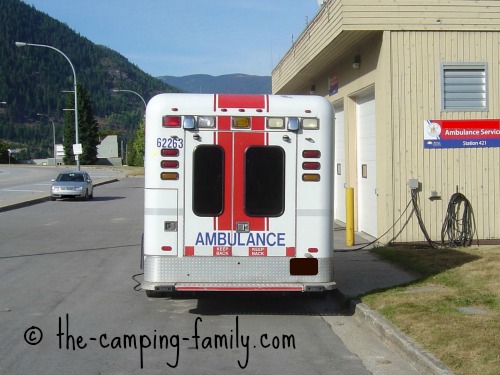
Stroke symptoms
Signs of a stroke appear suddenly and without warning.
- paralysis or numbness of the face or body - especially if just one side of the body is affected
- weakness of the arms and legs - especially if just one side of the body is affected
- trouble speaking or comprehending (inability to find the right words; slurred speech; confusion)
- vision problems (blurred vision; seeing double; no vision)
- difficulty walking or maintaining balance; dizziness
- severe sudden headache, perhaps with vomiting
If memorizing this list of symptoms is daunting, just remember the 4 letters "FAST":
- F for Face - One side of the face or mouth may droop
- A for Arms - difficulty raising one or both arms
- S for Speech - slurred or impeded speech
- T for Time to take action. Call 991
If the person is unable to smile, talk coherently or raise both arms above the head, there is a good chance that he or she is having a stroke. Call 911 or go to the emergency room immediately.
Basic Camping First Aid Instructions
Chances are that you will encounter only minor injuries when you go camping. You'll be able to prevent many of them by using common sense, and you'll be able to deal with most of the rest with the help of your well-stocked first aid kit.
Here's a good first aid kit checklist.
We have found a great comprehensive Emergency First Aid Kit on Amazon with all the supplies you'll need.
CLICK HERE for further details of contents and best price!
Now let's talk about the most common camping mishaps, and the basic first aid instructions for dealing with them.
Blisters
Blisters are tiny but nasty. They can ruin a hike and make their victim miserable for days. Left untreated, they can become infected and really be a problem. Here's how to prevent blisters on feet.
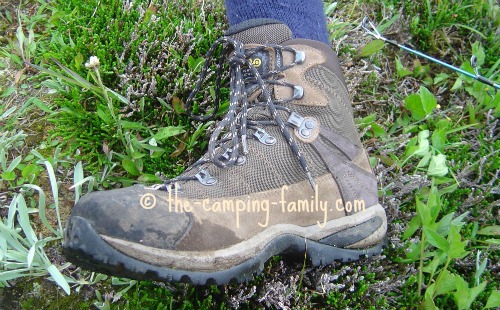
If you do get a blister, you'll want to know what do about it. Click here to read about first aid for blisters.
Heat exhaustion
Heat exhaustion is the result of too much sun and too little water.
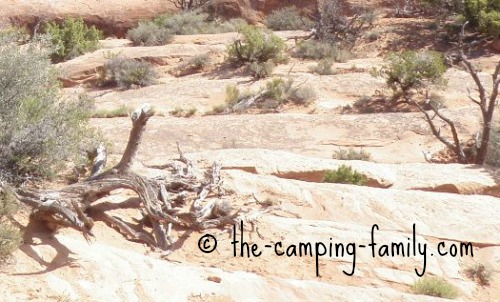
Left untreated, it can morph into heat stroke, a potentially deadly condition. Fortunately, both heat exhaustion and heat stroke are easily preventable.
Here's what you need to know about heat exhaustion symptoms.
Here is how to prevent heat stroke and here are heat stroke first aid measures.
Basic First Aid Instructions
Poison ivy
Do you know how to recognize poison ivy? Do you know what to do if you accidentally wander into a poison ivy patch?
Here's some information about avoiding poison ivy.
If it's too late for that, here's everything you need to know about treating poison ivy.
Sunburn
Sunburn is an ever-present danger in the summer!
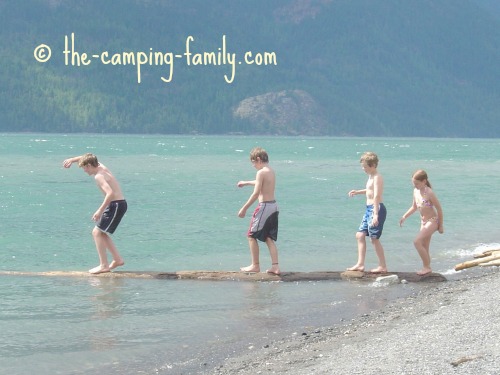
Here are basic first aid instructions on how to treat a sunburn and how to apply sunscreen so that you don't get a sunburn at all.
Tick bites
Tick bites are not an issue at all unless the tick happens to carry disease.
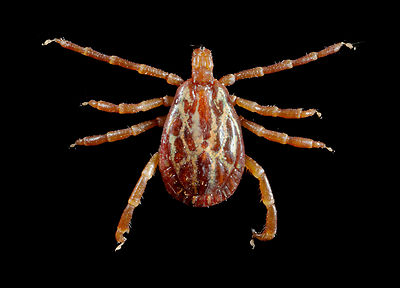
Here's what you need to know about avoiding ticks on humans.
If you are bitten by a tick, don't panic. Read this to learn how to remove ticks.
Insect stings
Wasp and bee stings are painful for everyone, and very dangerous for some.
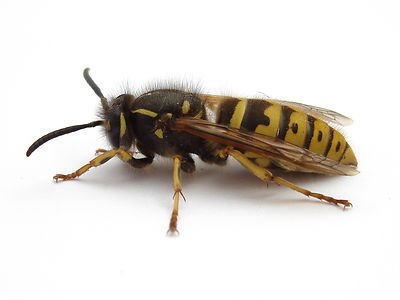
Here's some information about wasp sting prevention,
AND
basic first aid instructions for how to treat wasp stings.
Knowing basic first aid instructions will give you peace of mind, and might prevent an unnecessary trip to the emergency room. Knowing that you can recognize the serious things and deal with the minor things will help to ensure a successful and relaxing vacation!
Have a safe and enjoyable trip!
Now that you know all about basic first aid instructions, go to the The Camping Family home page for more tips about camping.
Most Popular
Product of the Month
Amazon Basics 40°F Cool Weather Two-Person Sleeping Bag
Cool weather is here!
CLICK HERE for more information and best price
Recent Articles
-
Camping Sites In Normandy France - We review some of the best!
Nov 24, 25 03:14 AM
We check and review a number of camping sites in Normandy France, and recommend the ones that we think are the best. -
Camping Sites In The South Of France; We Review Some Of The Best!
Nov 24, 25 02:46 AM
We check and review a number of camping sites in the south of France, and recommend the ones that we think are best! -
Camping Sites Near Paris France - Which One Should You Choose?
Nov 24, 25 02:42 AM
Find out which camping sites near Paris France are the best, and discover the camp sites near Paris to avoid!
